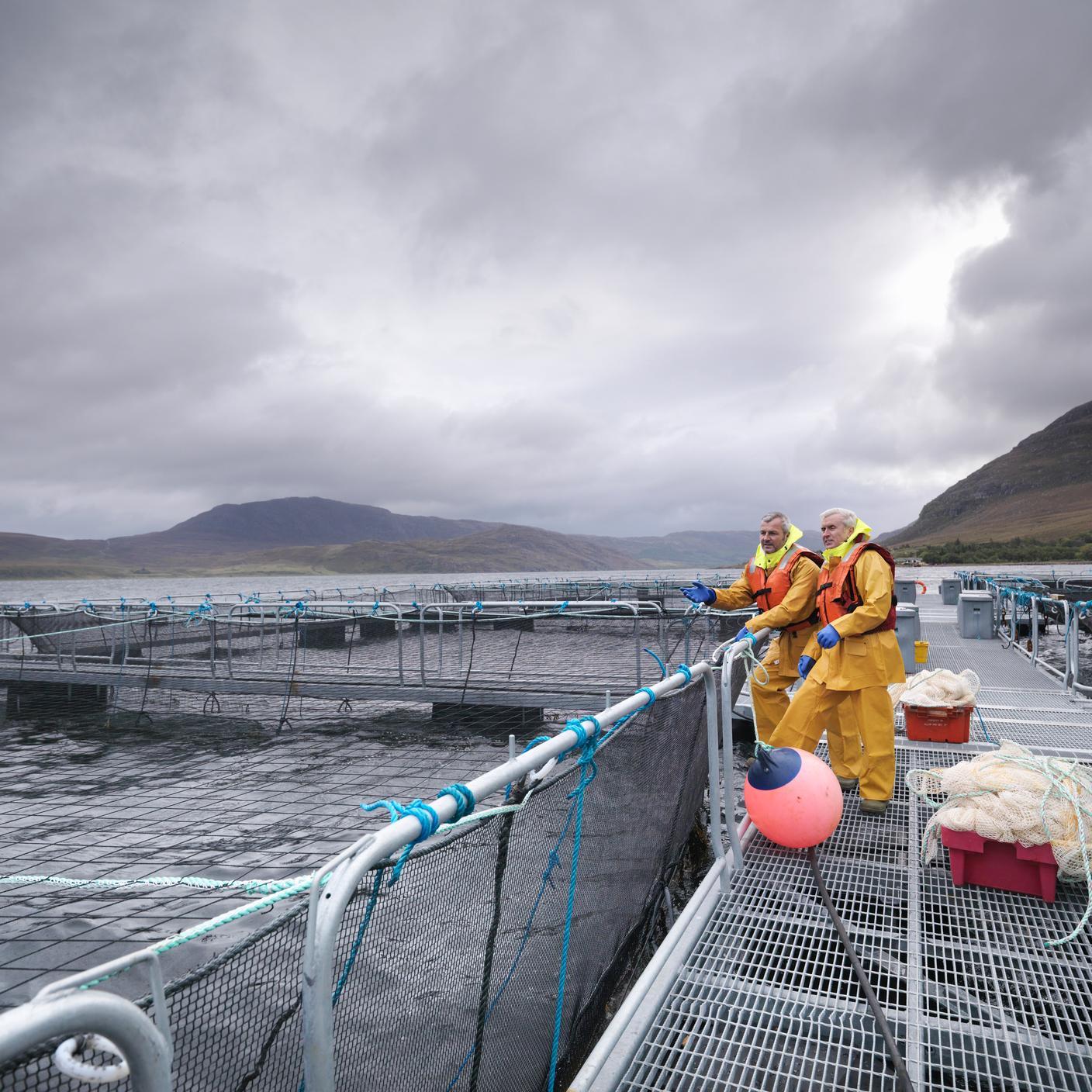Developing a sustainable ESG policy that delivers for all stakeholders
The issues encompassed by Sustainable Environmental, Social and Governance (ESG) compliance are shaping policy and practice in many organizations.
Developing a comprehensive ESG policy suite is an opportunity to showcase your organization to investors as one that is committed to being environmentally and socially responsible.
Potential for future growth
ESG is important for many reasons. Evidence suggests it can help a business's bottom line – now and in the future. EY Consulting’s Global Private Equity Survey has reported that approximately two-thirds of investors look at ESG policy when considering investment.
Any long-term investment looks at an organization’s direction and how it might be protecting asset value for the future. An effective ESG strategy can evidence both value protection and creation, allowing greater potential for future growth, making you a more attractive investment proposition.
Societal impact
Developing a set of policies to manage your organization’s impact on society and the environment, with transparency and accountability, isn’t easy.
The potentially wide-ranging impact of ESG policy development suggests the need for an appropriate breadth of input and perspective, involving both internal and external stakeholders at all levels.
When you create an ESG policy, you may be aiming to adopt practices that enable you to meet the needs of your stakeholders. A good starting point is to first ask yourself these questions:
Who are our stakeholders?
How might they be impacted by policy change?
How do we get their input to better understand their needs?
A collaborative process
While ESG policy development might initially focus internally, external sources are important. Individuals, departments, whole organizations, and communities may be affected, so consider consulting with community members, experts, local government, your customers, and your suppliers as part of the process.
Assessing your organizational peers and their customer needs can also provide insight. Aligning policies with a range of customer requirements, industry standards, best practice, and the laws and jurisdictions of where you operate can also be crucial in creating your standing as a trustworthy organization.
One size doesn't fit all
Accounting for the unique nature of how your organization or your partners operate in different locations around the world can help keep your perspective broad – differing geographies come with different risks, practices and demands.
Try looking at your organization and value chain through a variety of lenses:
Where do we operate?
What are the local regulatory requirements?
How will our organization operate within the constraints and opportunities of this environment (social or otherwise)?
What are the labour considerations? Are fair, legal and moral working conditions being implemented?
What are the local organization practices, environmental risks, and future climate change related risks?
Leadership Involvement
ESG policies, like any other, risk failing without a strong commitment from leadership. An effective management system including the following can help to embed them into day-to-day company practice:
- Provide clear guidance to managers and staff.
- Enable cross-functional communication.
- Train managers and people on the policy requirements, particularly in complex areas that significantly impact the organization.
- Establish key performance indicators (KPIs), goals and monitor compliance.
- Re-evaluate the impact on a workforce, community, or organization over time.
- Align incentives against program objectives and assesses individuals and functions against goals.
- Communicate measurements to leadership and impacted stakeholders.
- Establish systems driving continuous improvement based on ongoing monitoring.
These suggestions are a small part of the complex and wide-ranging issues for consideration when developing ESG policies.
It can look daunting, but by approaching their development as a potentially transformational opportunity, you enable your organization to widen the lens of possibility.
You may also find that your stakeholders are engaged in a way that has the potential to improve relationships, build resilience, and create long-term value for your business.








